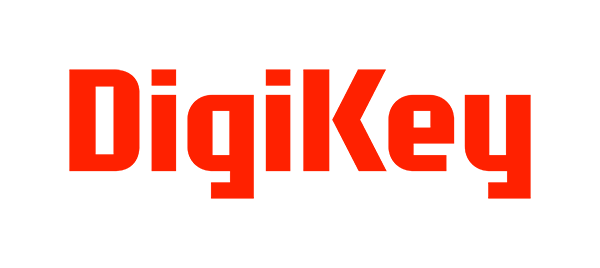The Lua Programming Language for IoT - Hands On
CEC Archives | CEC Semenster Undefined | The Lua Programming Language for IoT - Hands On

Charles J. Lord, PE is an embedded systems consultant and trainer with over 40 years' experience in system design and development in medical, military, and industrial applications. For the last twelve years, he has specialized in the integration of communication protocols into clients' products, including USB, Ethernet, and low-power wireless including ZigBee, 6LoWPAN, LoRa, and Thread. He has taught classes in these protocols for Freescale, Renesas, various universities and conferences including ESC and Arm TechCon. He has been a design partner with Freescale/NXP, Microchip, and Renesas. He also teaches webinars for various clients on IoT and embedded systems topics. He earned his BS in electrical engineering from N.C. State University in Raleigh, N.C. and provides training and consulting services through his company, Blue Ridge Advanced Design, in Asheville, N.C. He is a licensed professional engineer in NC and a senior member of the IEEE. In his volunteer work at the IEEE, he has served at many levels from local to regional to board committees. He is currently the chair of the IEEE Western NC Section, NC Council and was general chair of IEEE SoutheastCon 1995 and 2017

